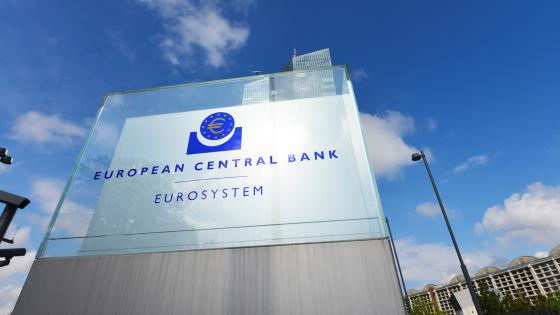DP15882 A Model of QE, Reserve Demand and the Money Multiplier
Quantitative easing programmes have driven unprecedented expansions in the supply of central bank reserves around the world over the past two decades, fundamentally changing the implementation of monetary policy. The collapse in money multipliers following QE episodes has often been interpreted as implying banks are happy to passively hold most of the reserves created by QE. This paper develops a simple micro-simulation model of the banking sector that adapts the traditional money multiplier model and allows for bank reserve demand to be inferred from monetary aggregates. The model allows the use of unwanted reserves by banks to play out over time alongside QE purchases and incorporates both significantly higher reserve demand after 2008 and capital constraints. With these additions, the model explains
the persistently lower money multipliers seen in the US following QE, as well as the growth in commercial bank deposits. The model suggests the demand from banks for reserves has increased substantially since the introduction of QE but not to the point where banks are passively absorbing all newly created reserves.


